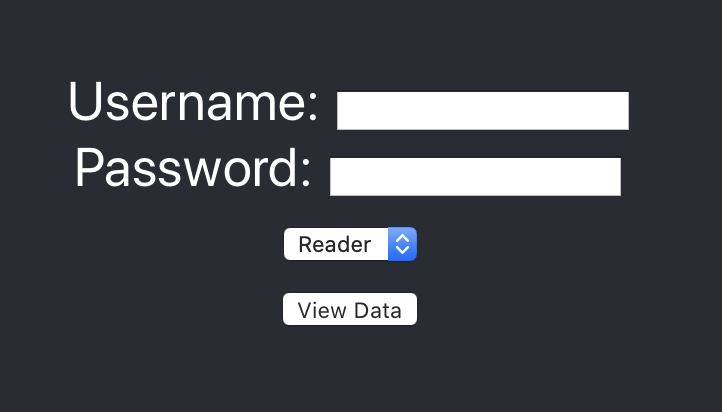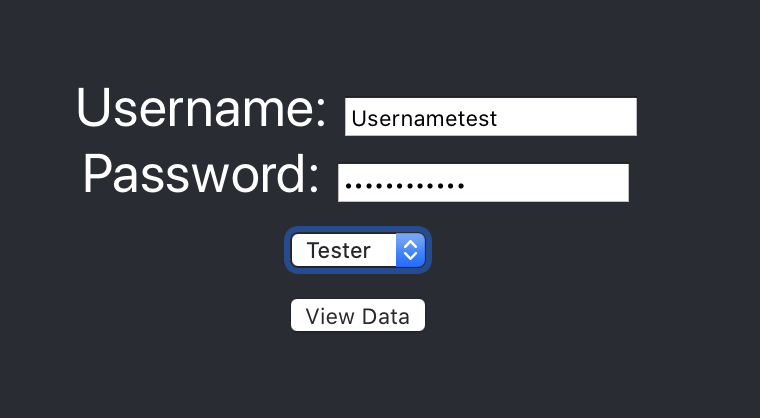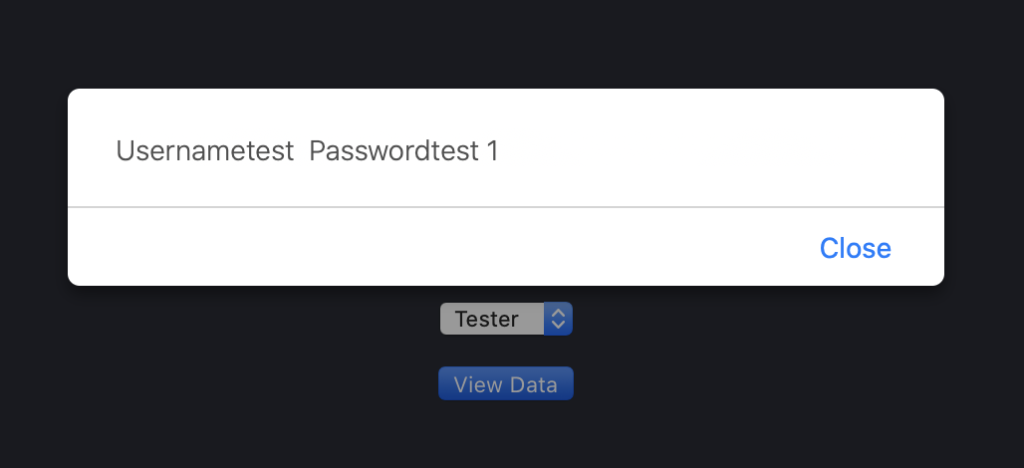In this post, we will see how to create a Form in React in order to manage a login formed by Username, Password and UserType.
First of all, we create a file called reactform where we will define the form:
1 2 3 4 5 6 7 8 9 10 11 12 13 14 15 | import React, { Component } from 'react'class ReactForm extends Component { render() { return ( <form> <div> </div> </form> ) }}export default ReactForm |
Then, we define two input HTML objects for handling Username and Password:
1 2 3 4 5 6 7 8 | <div> <label>Username: </label> <input type="text"></input></div><div> <label>Password: </label> <input type="password"></input></div> |
Finally, we define a Select HTML object for handling UserType:
1 2 3 4 | <select> <option> </option></select> |
Now, we define the variables and the methods used to manage the values in the HTML objects defined above:
1 2 3 4 5 6 7 8 9 10 11 12 13 14 15 16 17 18 19 20 21 22 23 24 25 26 27 28 29 30 31 32 | constructor(props) { super(props) this.state = { username:'', password:'', typeuser:'2', lstoptions: [{id:0,text:'Admin'}, {id:1,text:'Tester'}, {id:2,text:'Reader'}] } } ManageUsername = (event) => { this.setState({ username: event.target.value }) } ManagePassword = (event) => { this.setState({ password: event.target.value }) } ManageUserType = (event) => { this.setState({ typeuser: event.target.value }) } |
Then, we add the variables and the methods in the HTML objects:
1 2 3 4 5 6 7 8 9 10 11 12 13 14 15 16 17 18 | <div> <label>Username: </label> <input type="text" value={this.state.username} onChange={this.ManageUsername} ></input></div><div> <label>Password: </label> <input type="password" value={this.state.password} onChange={this.ManagePassword} ></input></div><div> <select value={this.state.typeuser} onChange={this.ManageUserType}> { this.state.lstoptions.map(optionitem => ( <option key={optionitem.id} value={optionitem.id}> {optionitem.text} </option> ))} </select></div> |
Finally, we add the method used in the FormSubmited and a button to submit the data:
1 2 3 4 5 6 7 8 9 10 11 12 13 14 15 16 | ViewForm = (event) =>{ alert(this.state.username + " " + this.state.password + " " + this.state.typeuser) // it is used to avoid lost data in the form after the submit event.preventDefault()}<form onSubmit={this.ViewForm}> <div> <button type="submit">View Data</button> </div></form> |
Before to run the application, we have to add the reactform in App.js:
[APP.JS]
1 2 3 4 5 6 7 8 9 10 11 12 13 14 15 16 | import React from 'react';import './App.css';import ReactForm from './components/reactform';function App() { return ( <div className="App"> <header className="App-header"> <ReactForm></ReactForm> </header> </div> );}export default App; |
Now, if we run the application, this will be the result:



[REACTFORM.JS]
1 2 3 4 5 6 7 8 9 10 11 12 13 14 15 16 17 18 19 20 21 22 23 24 25 26 27 28 29 30 31 32 33 34 35 36 37 38 39 40 41 42 43 44 45 46 47 48 49 50 51 52 53 54 55 56 57 58 59 60 61 62 63 64 65 66 67 68 69 70 71 72 73 74 75 76 | import React, { Component } from 'react'class ReactForm extends Component { constructor(props) { super(props) this.state = { username:'', password:'', typeuser:'2', lstoptions: [{id:0,text:'Admin'}, {id:1,text:'Tester'}, {id:2,text:'Reader'}] } } ManageUsername = (event) => { this.setState({ username: event.target.value }) } ManagePassword = (event) => { this.setState({ password: event.target.value }) } ManageUserType = (event) => { this.setState({ typeuser: event.target.value }) } ViewForm = (event) => { alert(this.state.username + " " + this.state.password + " " + this.state.typeuser) // it is used to avoid lost data in the form after the submit event.preventDefault() } render() { return ( <form onSubmit={this.ViewForm}> <div> <label>Username: </label> <input type="text" value={this.state.username} onChange={this.ManageUsername} ></input> </div> <div> <label>Password: </label> <input type="password" value={this.state.password} onChange={this.ManagePassword} ></input> </div> <div> <select value={this.state.typeuser} onChange={this.ManageUserType}> {this.state.lstoptions.map(optionitem => ( <option key={optionitem.id} value={optionitem.id} > {optionitem.text} </option> ))} </select> </div> <div> <button type="submit">View Data</button> </div> </form> ) }}export default ReactForm |